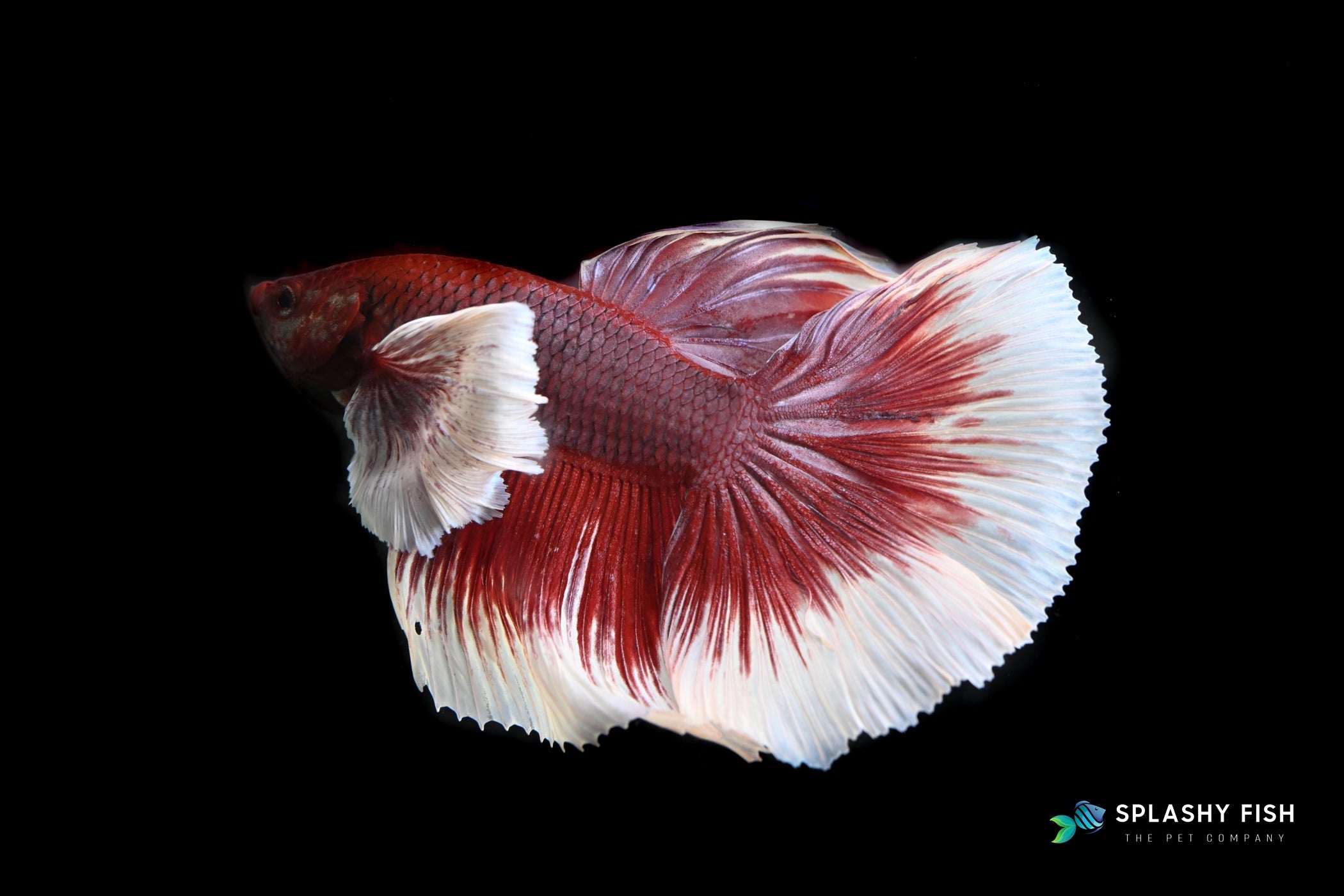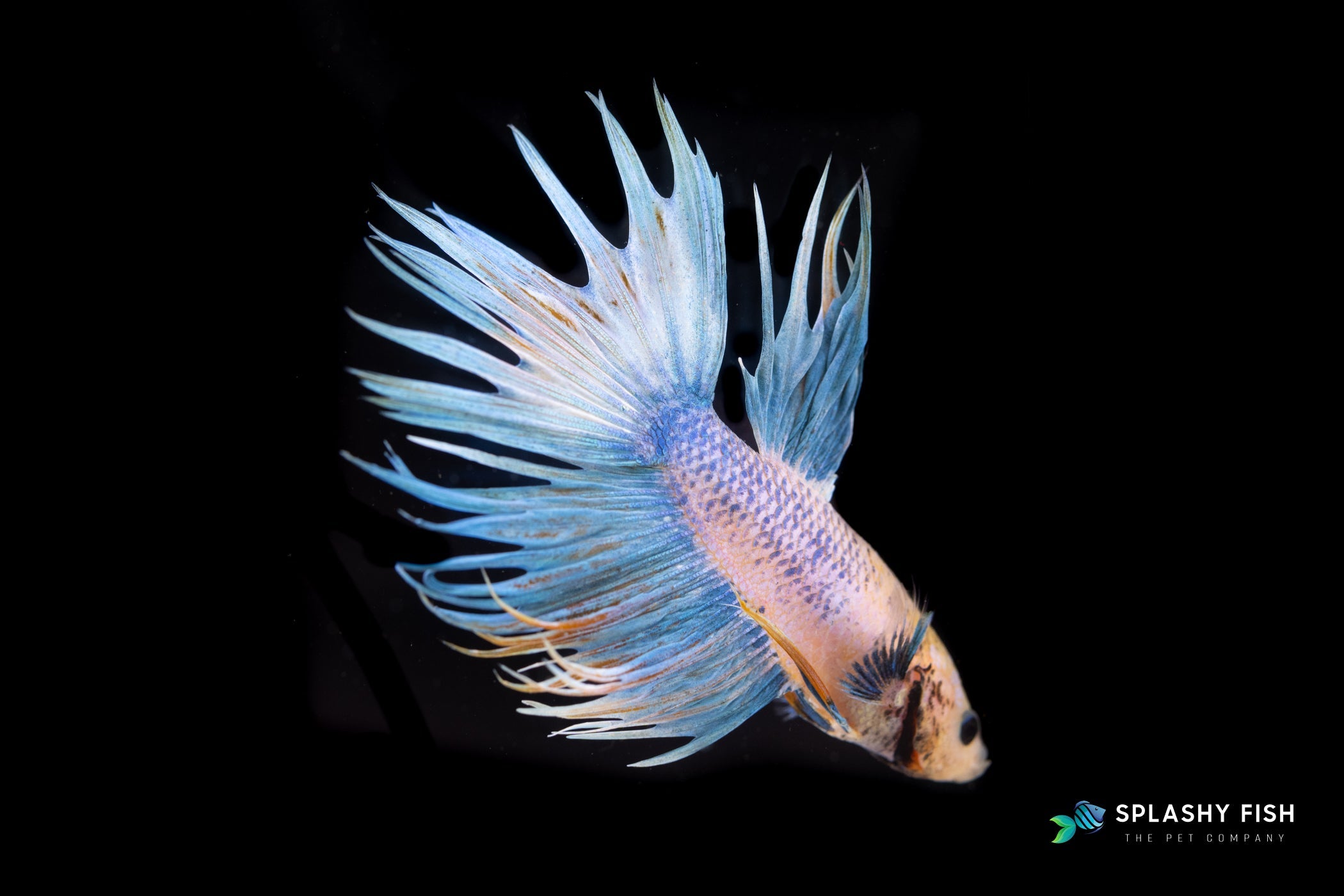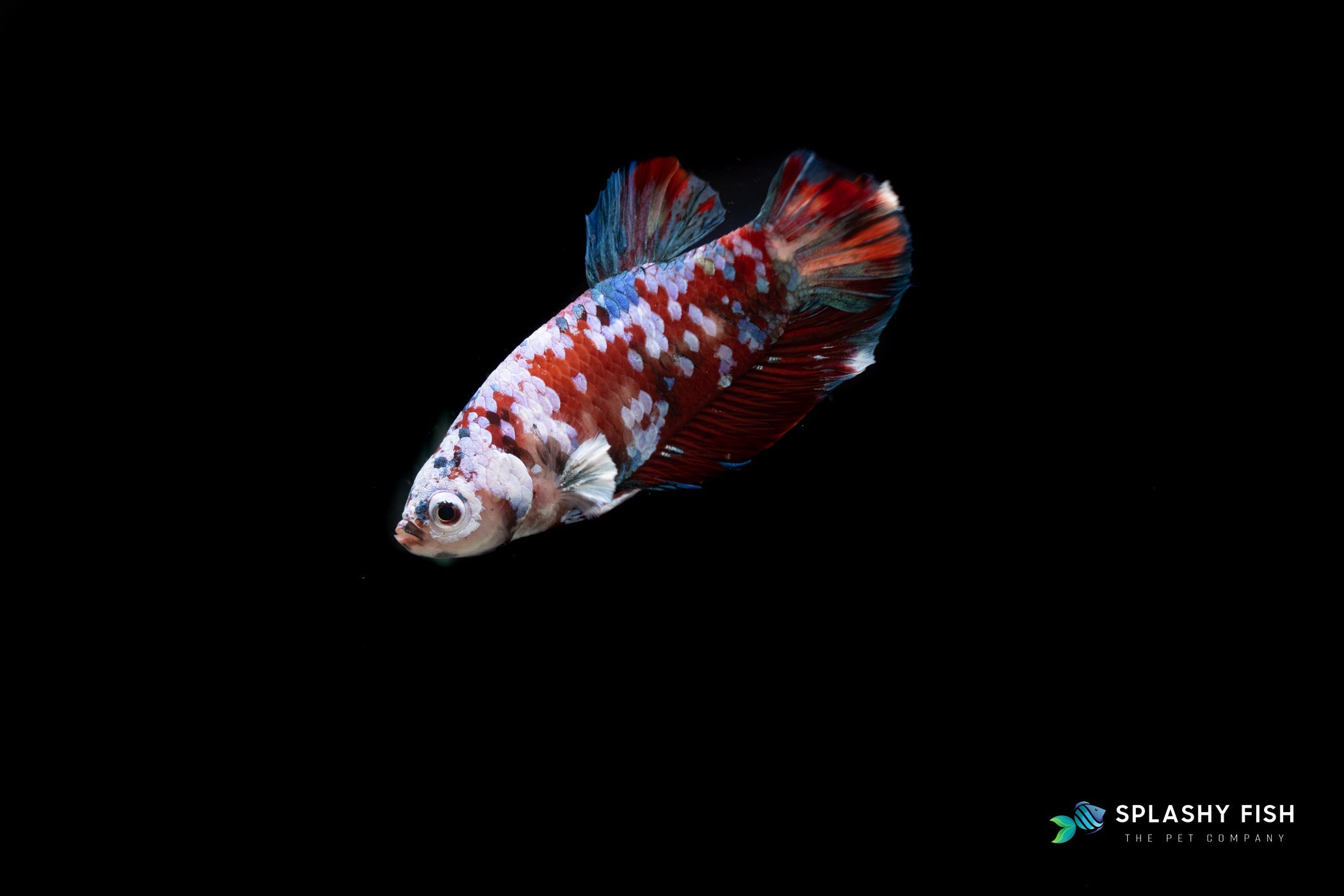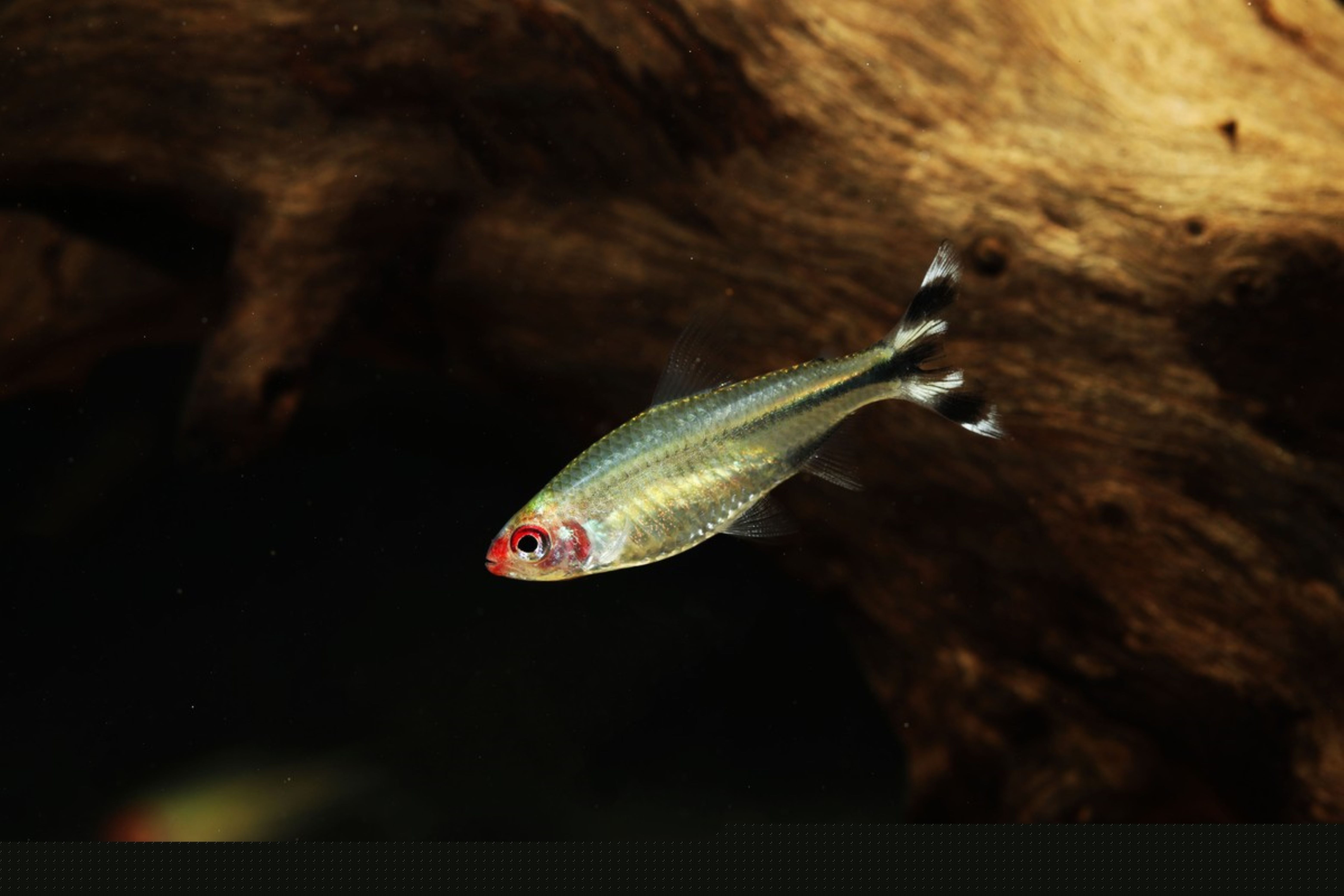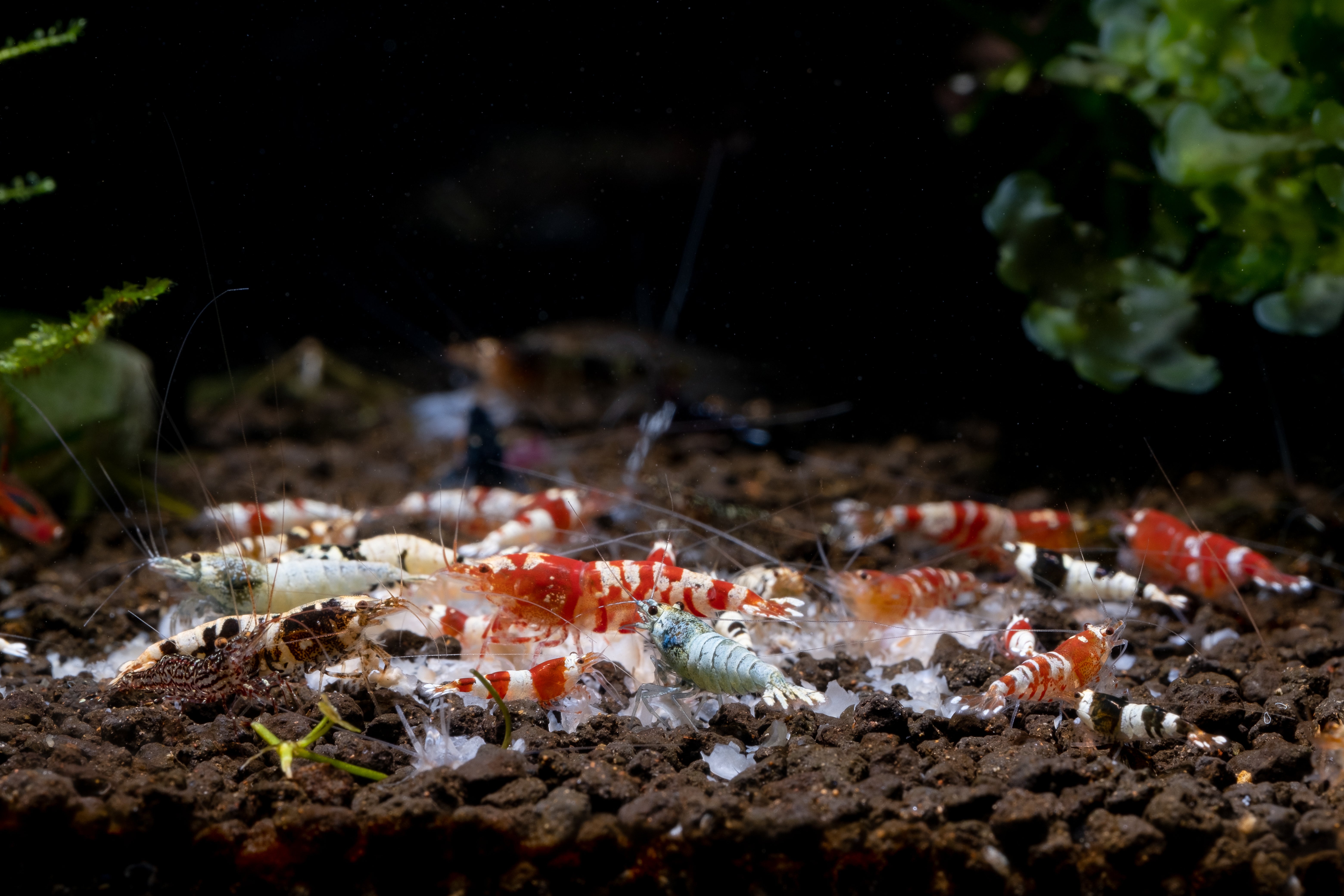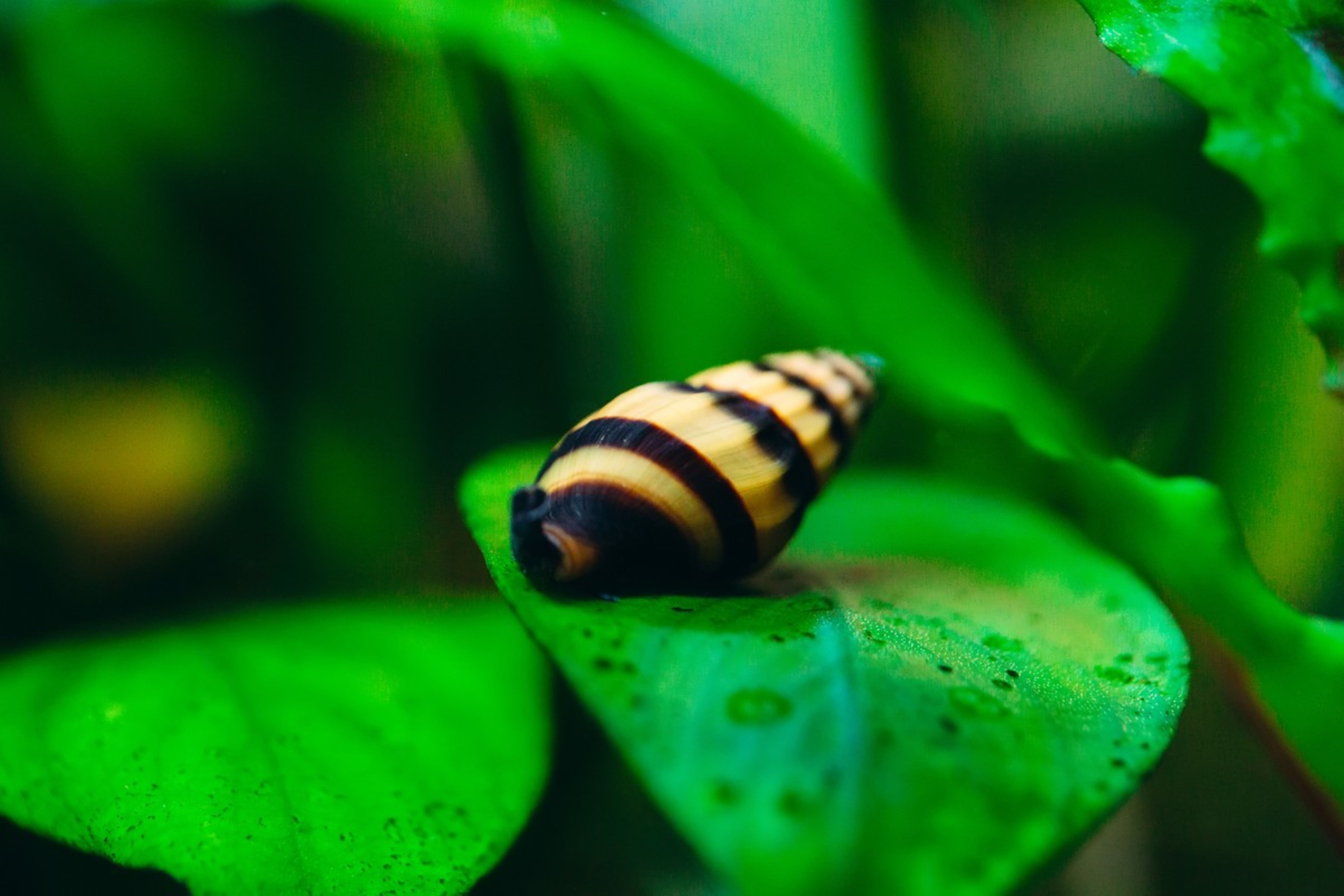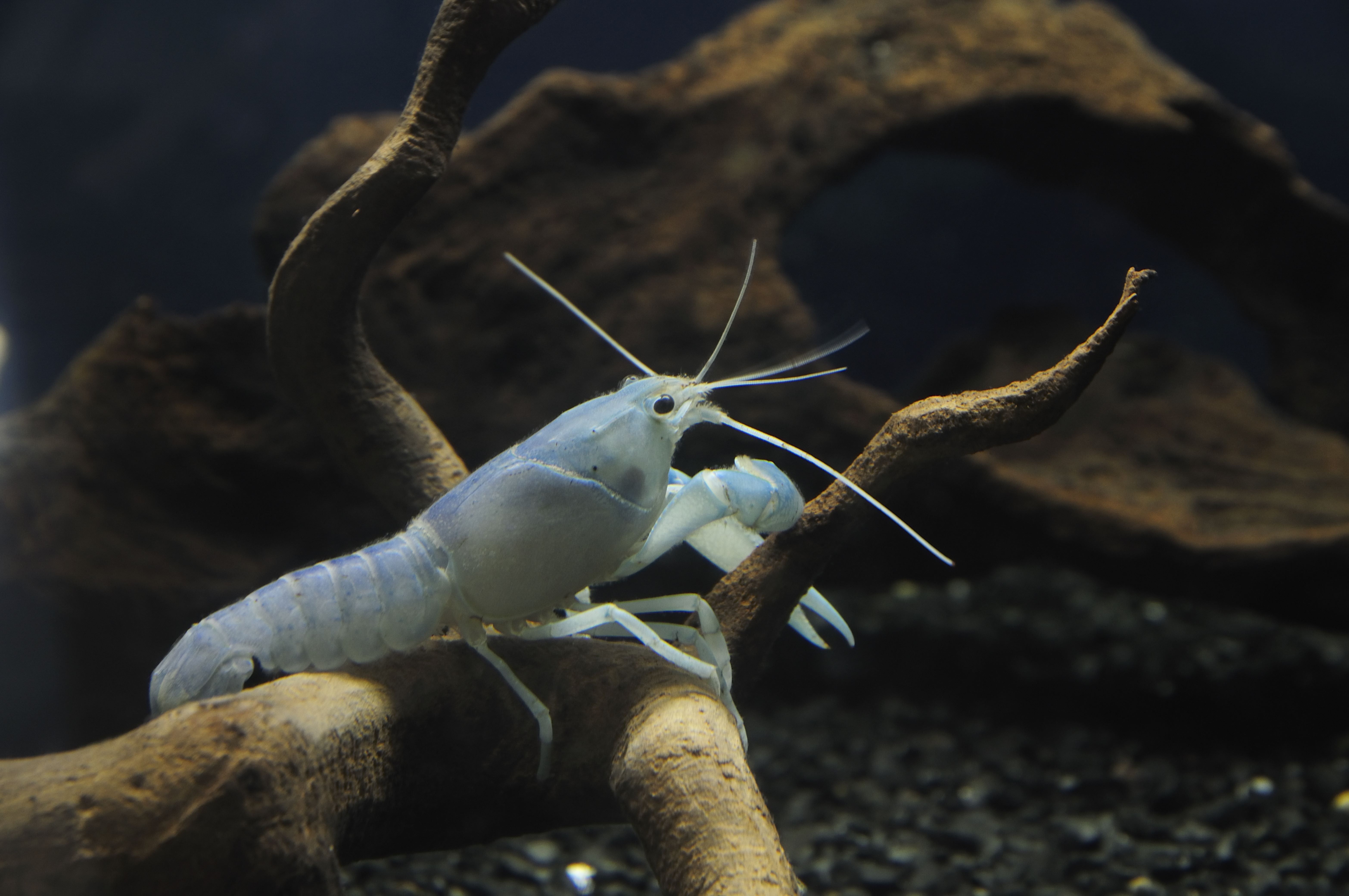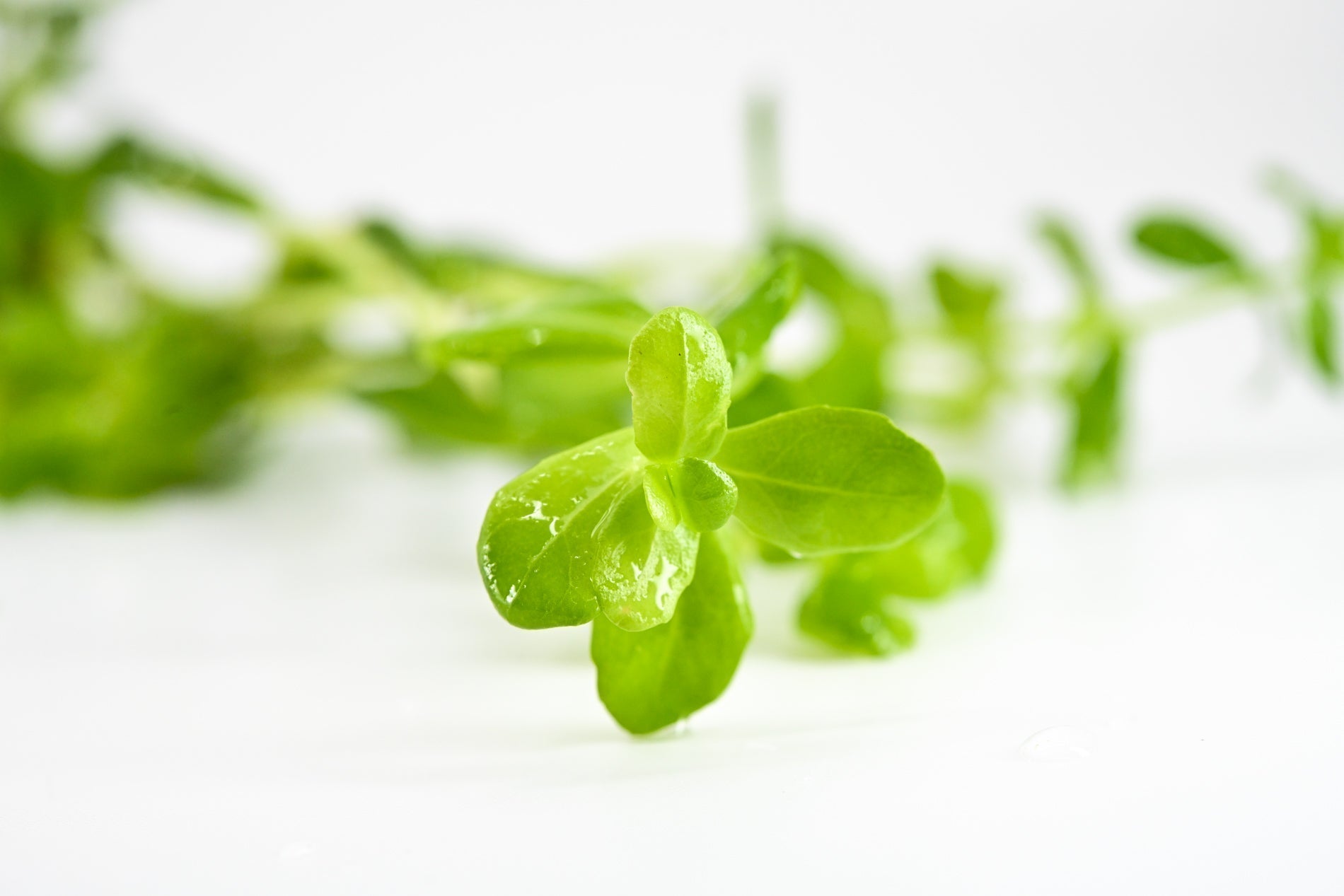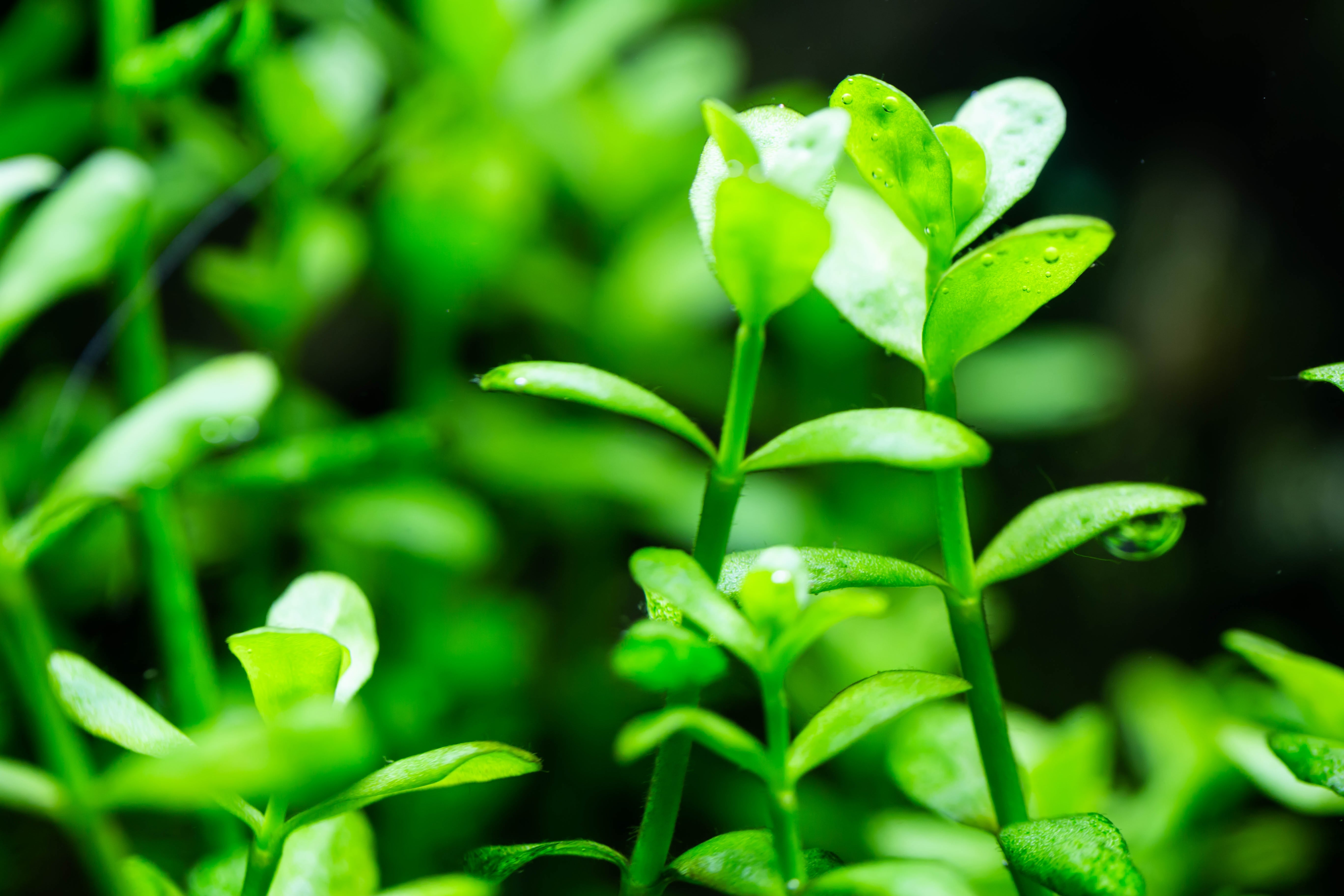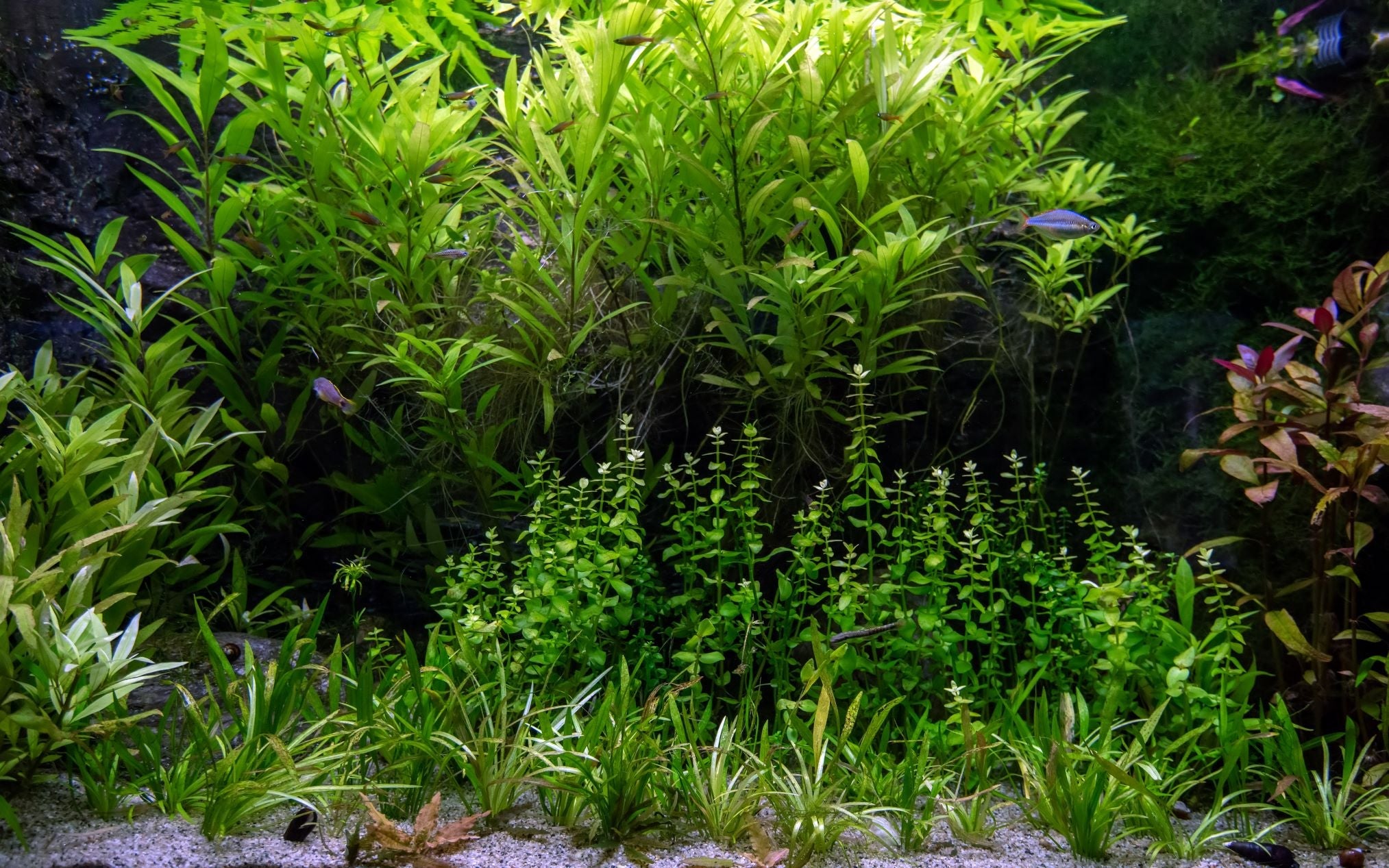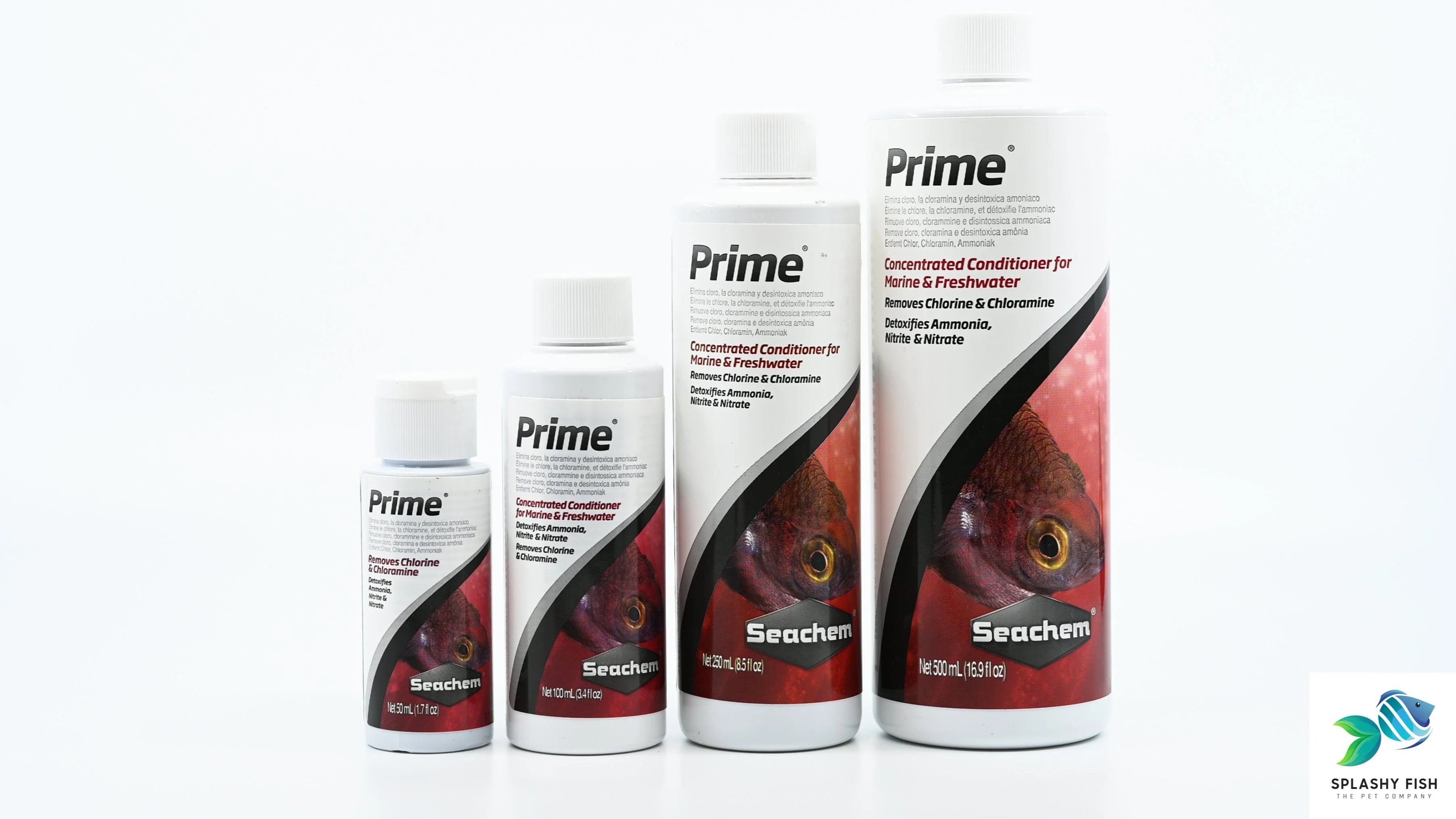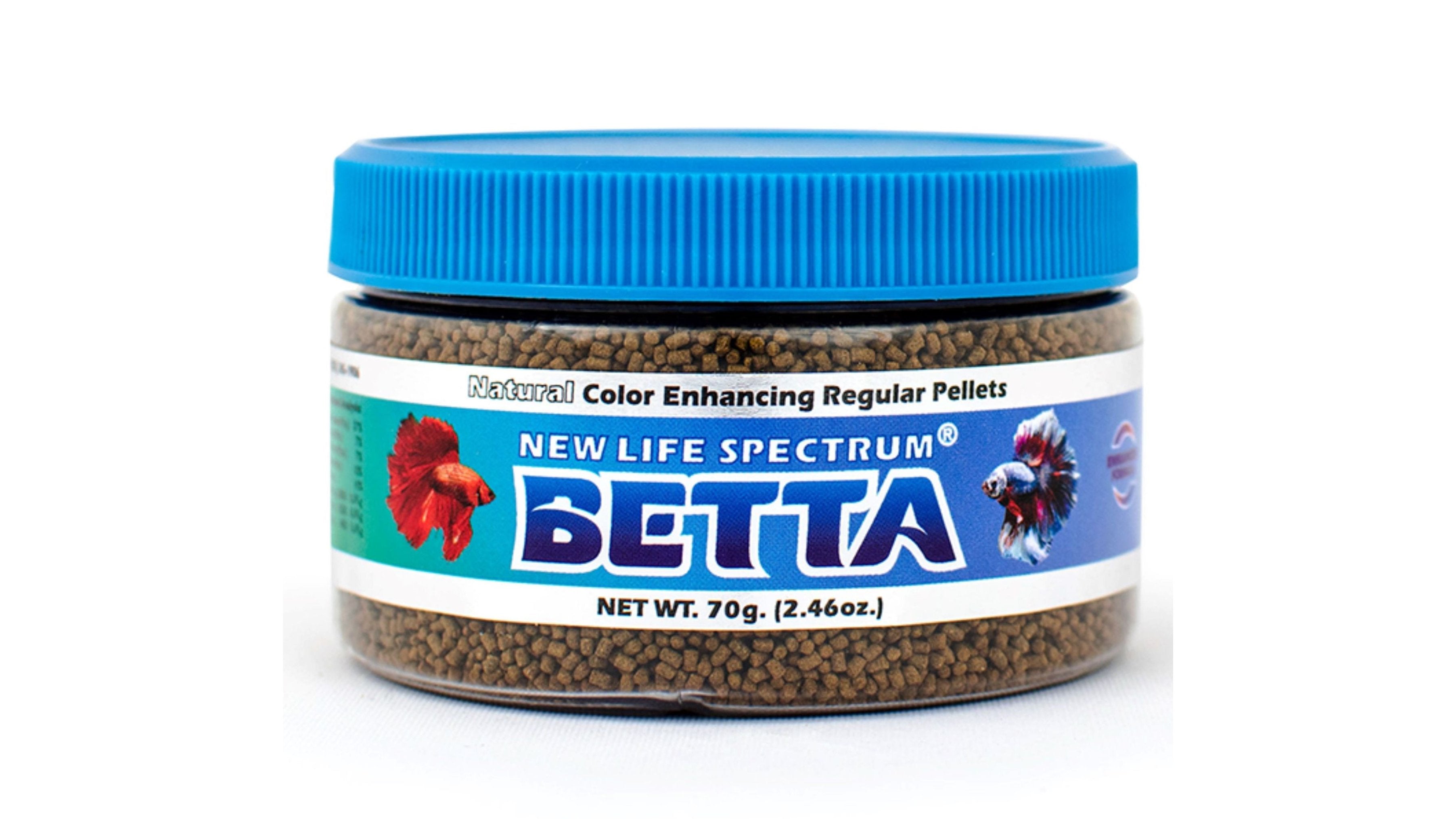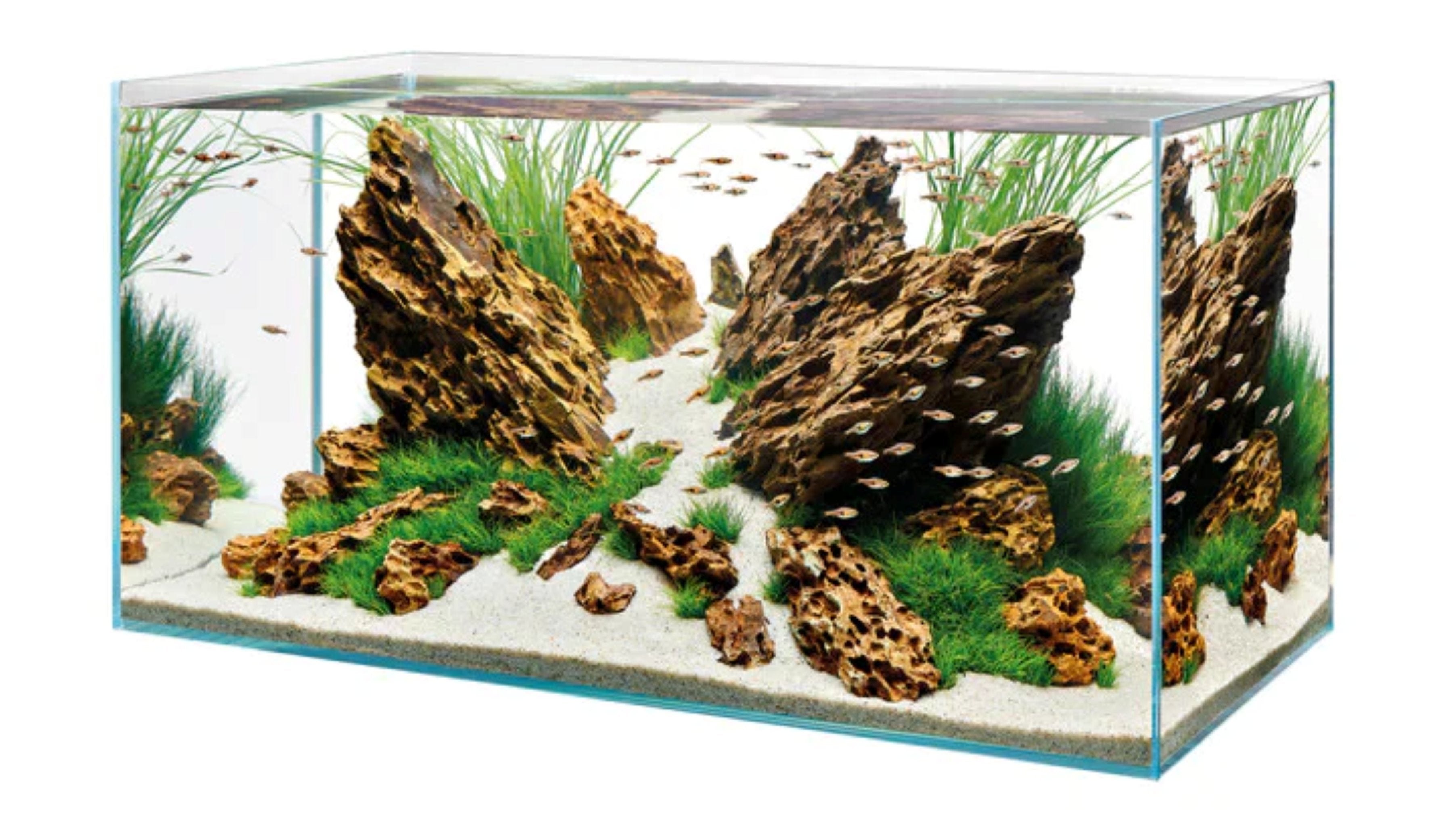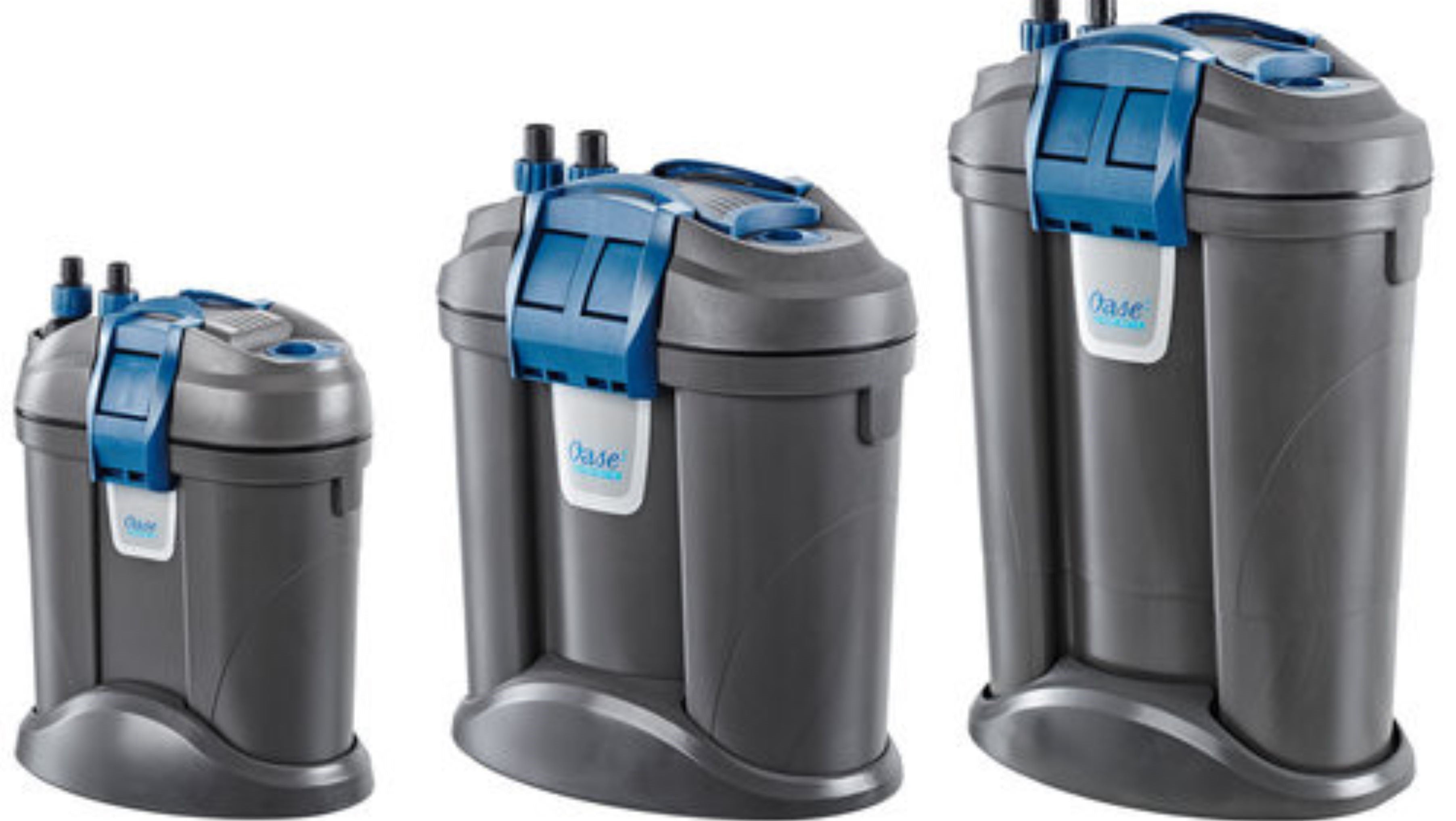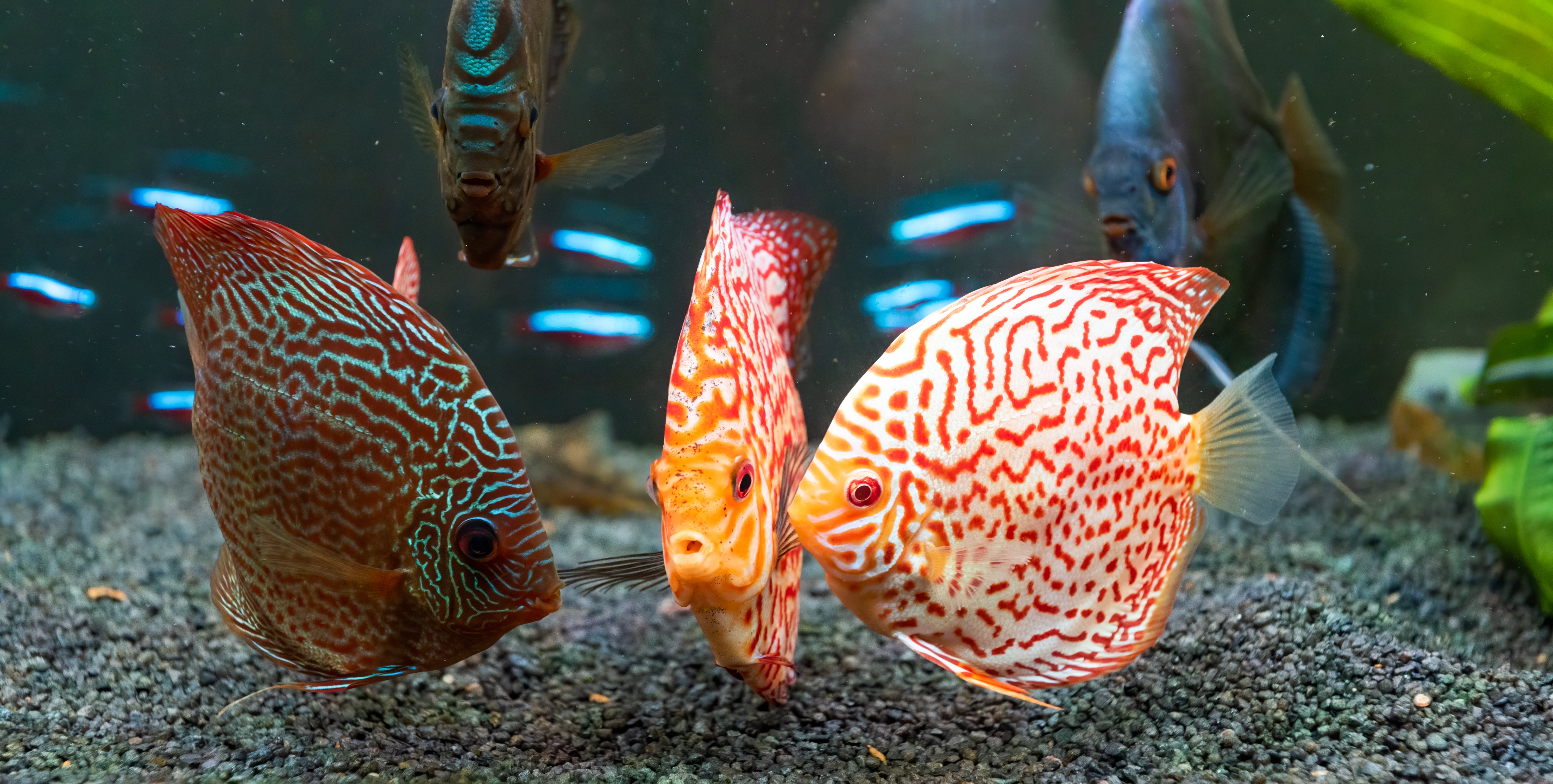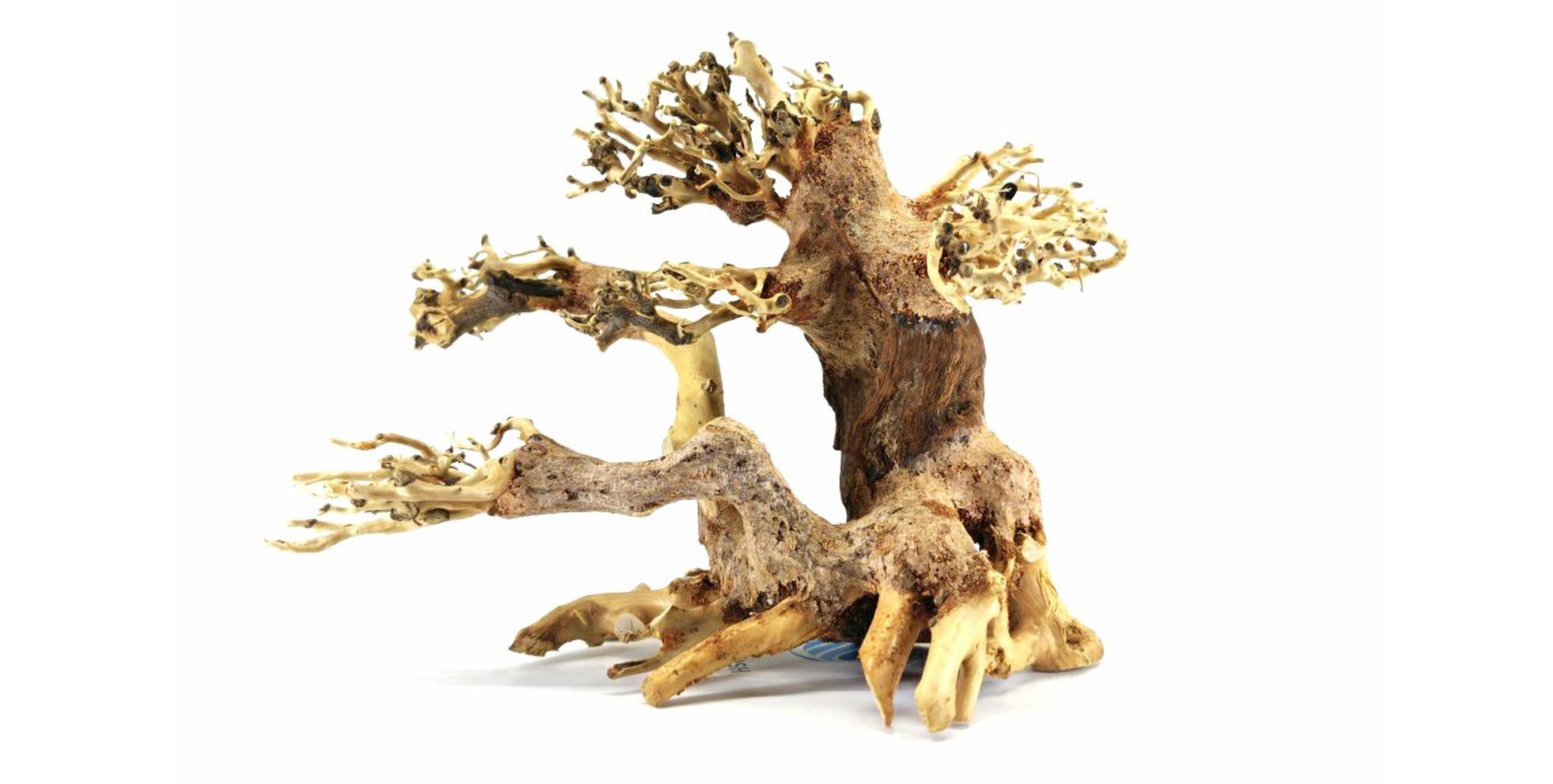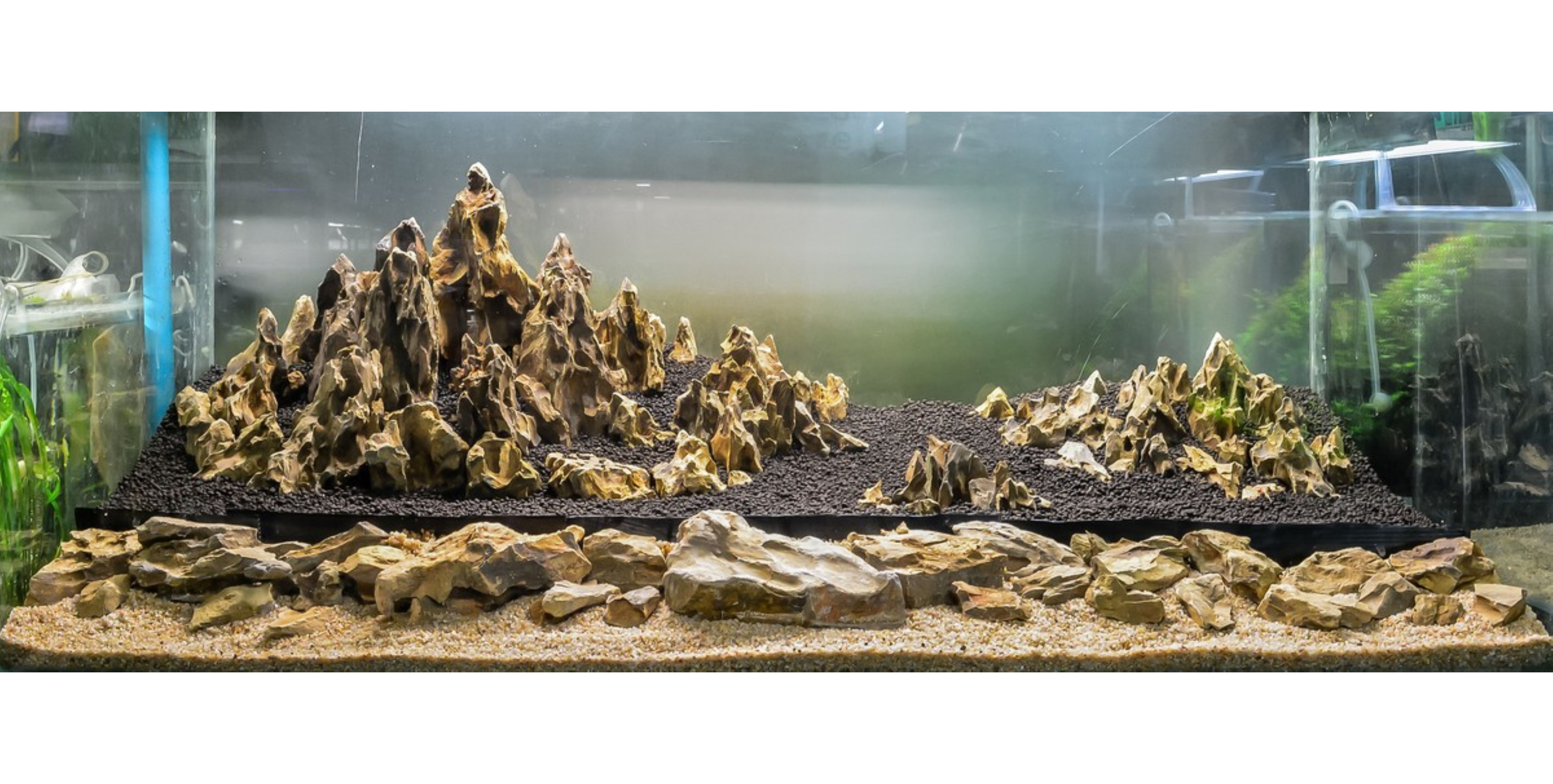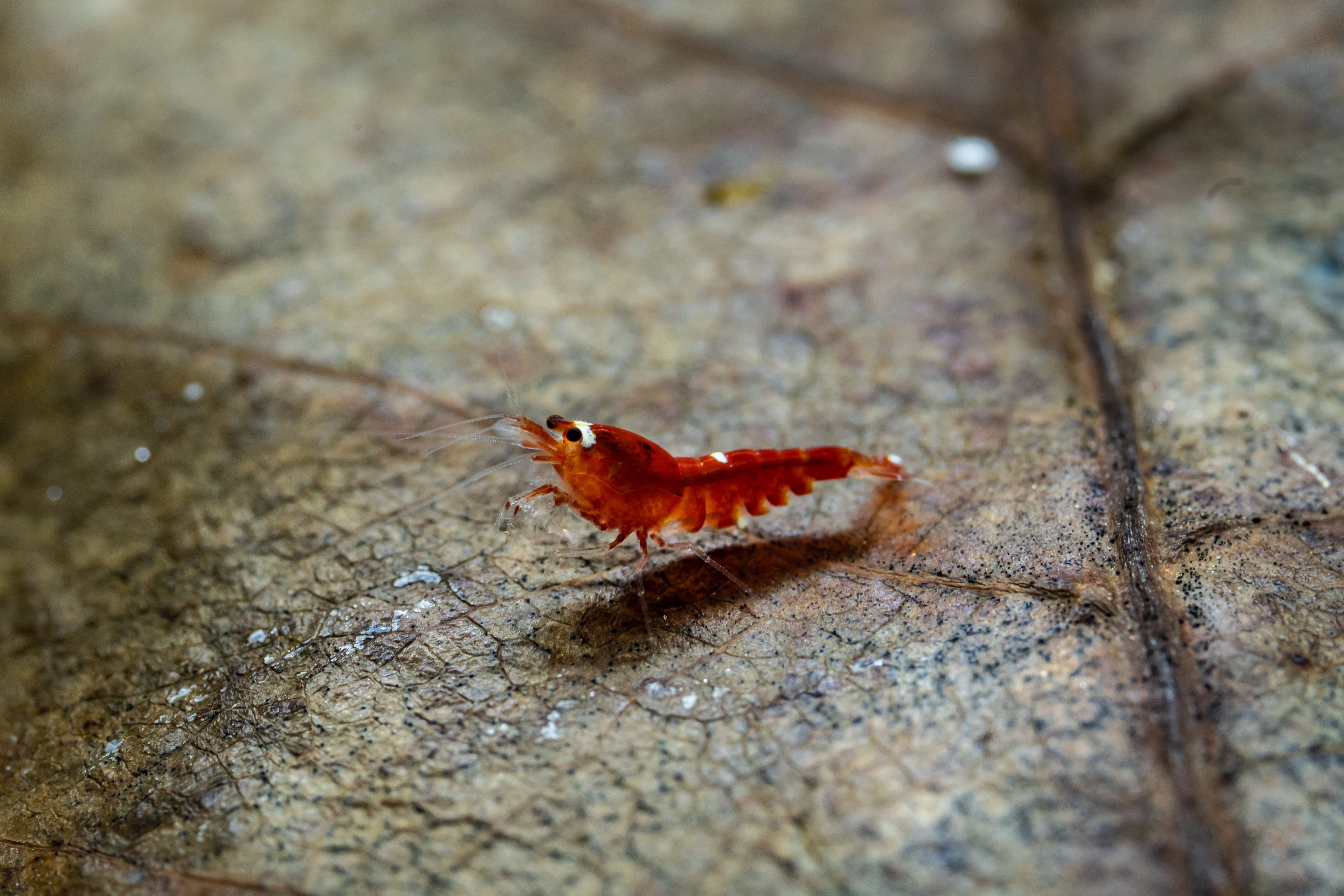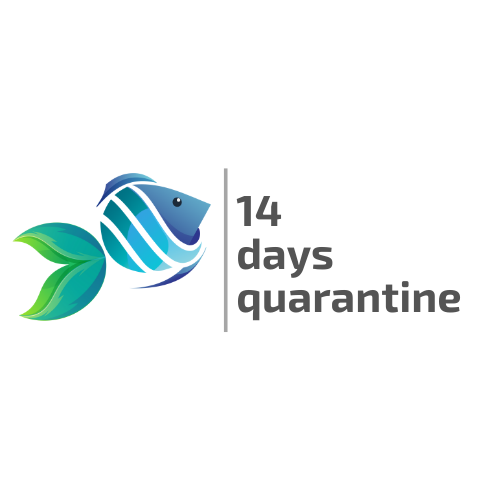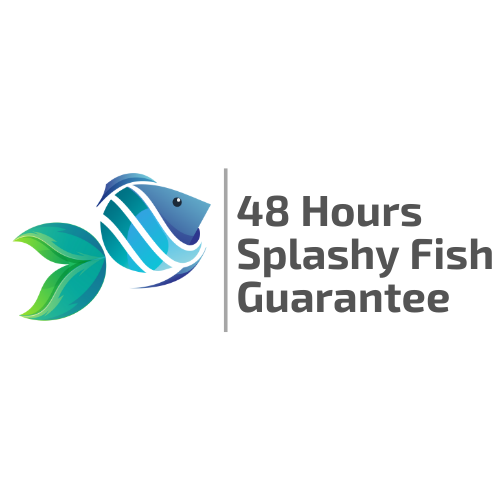Table of Contents
If you're looking to create a stunning aquatic environment in your aquarium, hornwort may be the perfect plant for you. Known for its fast growth and versatility, this hardy species can thrive in various water conditions while providing a lush, green backdrop for your fish. In this complete care guide for hornwort, we'll delve into everything you need to know to keep this aquatic plant flourishing. From optimal lighting and water parameters to propagation techniques and pest management, we've got you covered. Whether you're a seasoned aquarist or just starting your underwater journey, understanding the intricacies of hornwort care will elevate your aquatic setup and contribute to a balanced ecosystem. Join us as we explore the tips and tricks that will help your hornwort thrive, ensuring your aquarium remains a vibrant sanctuary for both plants and fish alike. Get ready to unlock the beauty and benefits of this essential aquatic plant!
What is Hornwort Plant?
Hornwort, scientifically known as Ceratophyllum demersum, is a submerged, free-floating aquatic plant widely popular in the aquarium hobby. It lacks true roots and instead absorbs nutrients directly from the water column through its stem and leaves. Its long, feathery stems create dense mats that float or can be anchored, making it an ideal hiding spot for fish, shrimp, and fry. Found naturally across all continents except Antarctica, hornwort is incredibly adaptable to different environments, including lakes, ponds, rivers, and aquariums. Due to its fast growth and resilience, hornwort is often used as a background plant or floating cover, especially in breeding tanks.
Hornwort can reach impressive lengths of up to 10 feet (3 meters) in the wild, although it tends to stay smaller in aquariums. Its vivid green coloration and needle-like leaves provide a natural, forest-like aesthetic that enhances the beauty of any aquatic setup. Thanks to its easy maintenance and versatility, hornwort is considered a "must-have" plant for both beginners and experienced aquarists.

Benefits of Adding Hornwort to Your Aquarium
Adding hornwort to your aquarium offers several incredible benefits that go beyond mere aesthetics:
- Natural Filtration: Hornwort acts as a biological filter by absorbing excess nutrients such as nitrates, phosphates, and ammonia, thereby reducing the risk of algae blooms and maintaining cleaner water.
- Shelter for Fish and Fry: The dense foliage of hornwort provides excellent hiding spaces for fry, shy species, and small fish, helping reduce stress and promoting healthy behavior.
- Oxygenation: During photosynthesis, hornwort releases oxygen into the water, boosting the oxygen levels in your tank and contributing to a healthier environment for aquatic life.
- Algae Prevention: By outcompeting algae for nutrients, hornwort helps prevent unsightly algae outbreaks, keeping your aquarium looking pristine.
- Low Maintenance: Hardy and adaptable, hornwort requires minimal care once established, making it an excellent choice for low-tech or beginner tanks.
- Temperature Flexibility: Hornwort can thrive in a wide range of temperatures, making it suitable for tropical, temperate, and coldwater aquariums alike.
How to Plant Hornwort in Aquarium Tank
Hornwort plant offers remarkable flexibility when it comes to planting methods. Here's how you can incorporate it into your tank:
- Floating: Simply allow hornwort to float freely on the water surface. Floating hornwort grows quickly and creates beautiful, dense surface cover that reduces light penetration, which can be beneficial in tanks prone to algae.
- Anchoring: Alternatively, you can anchor hornwort in the substrate by gently pressing the stem base into gravel or sand. While hornwort lacks true roots, it can stay anchored with the help of small stones, plant weights, or delicate planting techniques.
- Bundling: Some aquarists bundle several stems together using plant-safe weights or thread and secure them at the bottom to create a bushier, denser appearance.
Keep in mind that anchored hornwort may eventually shed needles at the base, especially if buried too deeply. Floating is often preferred for healthier growth and easier maintenance.

Ideal Water Conditions for Hornwort
Although hornwort is adaptable, maintaining optimal water conditions will help it thrive:
- Temperature: 59°F to 86°F (15°C to 30°C). Hornwort is highly flexible and suitable for both tropical and coldwater tanks.
- pH Range: 6.0 to 7.5. Slightly acidic to neutral water supports the best growth.
- Water Hardness: 5-15 dGH. Hornwort tolerates soft to moderately hard water.
- Flow: Gentle to moderate water movement encourages healthier, bushier growth.
Regular water changes and stable water parameters help prevent stress and needle shedding. Hornwort is relatively forgiving but still benefits from a stable environment.
Lighting Requirements for Healthy Hornwort Growth
Hornwort performs best under moderate to high lighting conditions:
- Light Intensity: Medium to high, around 30-50 PAR.
- Lighting Duration: 8-10 hours per day.
- Type of Lighting: Full-spectrum LED or fluorescent lighting is recommended to support photosynthesis and vibrant green growth.
In low-light setups, hornwort may become leggy and pale, with thinner stems and sparser foliage. Increasing light intensity and duration encourages bushier, denser growth and improves the plant's overall health.
Be cautious not to expose hornwort to excessive lighting without sufficient nutrient balance, as this can trigger algae growth.
Nutrient Needs: Fertilization Tips for Hornwort
While hornwort is undemanding, providing nutrients can significantly enhance its health and appearance:
- Liquid Fertilizers: Dose a quality liquid fertilizer weekly to supply essential nutrients like potassium, iron, and trace elements.
- CO2 Supplementation: Hornwort does not require CO2 injection, but will grow faster and denser if provided with additional CO2.
- Substrate Fertilization: Not necessary since hornwort absorbs nutrients directly from the water column.
Over-fertilization can promote unwanted algae growth, so balance nutrient dosing carefully according to your tank's bioload and plant density.
Common Pests and Diseases Affecting Hornwort
Hornwort plant is relatively pest-resistant but can occasionally face challenges:
- Snail Infestations: Hitchhiker snails from new plants can proliferate if unchecked.
- Algae Overgrowth: Excess light and nutrients can cause algae to coat hornwort, suffocating it.
- Needle Shedding: Poor water quality, sudden temperature swings, or nutrient deficiencies can cause hornwort to shed its needles, creating a mess in the tank.
Preventative tips:
- Quarantine new plants.
- Maintain stable tank parameters.
- Control light exposure and nutrient levels.
- Introduce algae eaters like Amano shrimp or Nerite snails if needed.
Propagation Techniques for Hornwort
Hornwort propagates incredibly easily:
- Vegetative Fragmentation: Simply trim a healthy section of the stem about 4-6 inches long. Each fragment will continue growing as an independent plant when floated or anchored.
- Pruning Tips: Use sharp, clean scissors to prune hornwort. Remove any browning, damaged, or overgrown stems to encourage healthy new shoots.
Regular pruning not only helps propagate more plants but also keeps hornwort looking neat and manageable within your aquascape.
Integrating Hornwort with Other Aquatic Plants
Hornwort makes an excellent companion for many popular aquatic plants:
- With Slow Growers: Hornwort can help stabilize nutrient levels, benefiting plants like Anubias, Java Fern, and Bucephalandra.
- In Breeding Tanks: Combine with mosses like Java Moss for extra cover and protection for fry.
- Community Tanks: Works well alongside stem plants like Ludwigia, Rotala, and Vallisneria.
When integrating hornwort, monitor growth carefully as its rapid nutrient uptake can sometimes overshadow slower-growing species. Occasional pruning and strategic placement help maintain harmony.
Troubleshooting Common Issues with Hornwort
Hornwort turning brown or shedding excessively:
- Likely caused by unstable water parameters, nutrient deficiencies, or inadequate lighting.
- Solution: Improve tank stability, fertilize appropriately, and adjust lighting.
Hornwort growth slowing down or stalling:
- Could indicate nutrient depletion or insufficient light.
- Solution: Increase fertilization and light exposure gradually.
Algae taking over hornwort:
- Due to excessive nutrients and light.
- Solution: Reduce light intensity/duration, perform water changes, and introduce algae-eaters.
Monitoring your tank closely and making gradual adjustments will help keep your hornwort healthy and beautiful.
Conclusion
Hornwort (Ceratophyllum demersum) is a versatile, hardy aquarium plant that brings beauty, oxygenation, and natural filtration to your aquarium. Whether you float it freely or anchor it in substrate, hornwort is relatively easy to care for with the right lighting, water conditions, and occasional nutrient supplements. Its lush, feathery appearance not only enhances the aesthetics of your aquascape but also supports a balanced ecosystem by providing shelter and improving water quality. By understanding its needs, practicing regular maintenance, and addressing potential issues early, you can enjoy the full benefits of this remarkable plant. Incorporating hornwort into your aquarium is a decision that both you and your aquatic pets will appreciate. Visit Splashy Fish tropical fish store to buy these aquarium plants for sale online or at our aquarium store in Virginia for more freshwater fish for sale, betta fish for sale, freshwater shrimp for sale, and aquarium supplies.
Hornwort Plant Frequently Asked Questions (FAQs)
Can I plant hornwort in gravel?
Yes, you can plant hornwort in gravel. Although hornwort lacks true roots, you can gently anchor its stem base into the gravel substrate to keep it in place. Using plant weights or small rocks can help secure it better without damaging the stem. Be careful not to bury the stem too deeply, as this may cause it to rot at the base.
Are hornworts floating plants?
Hornworts are naturally floating plants. They thrive when allowed to drift freely on the surface, absorbing nutrients directly from the water column. Floating hornwort often grows faster, creates excellent surface cover, and reduces light for species that prefer shaded environments. However, it can also be anchored if you prefer a more structured aquascape.
Do betta fish eat hornwort?
Betta fish typically do not eat hornwort. They may explore or rest among its feathery stems, but hornwort's texture isn't palatable to them. In fact, hornwort makes an excellent plant choice for betta tanks, offering shade, resting spots, and a sense of security without being a target for nibbling.



